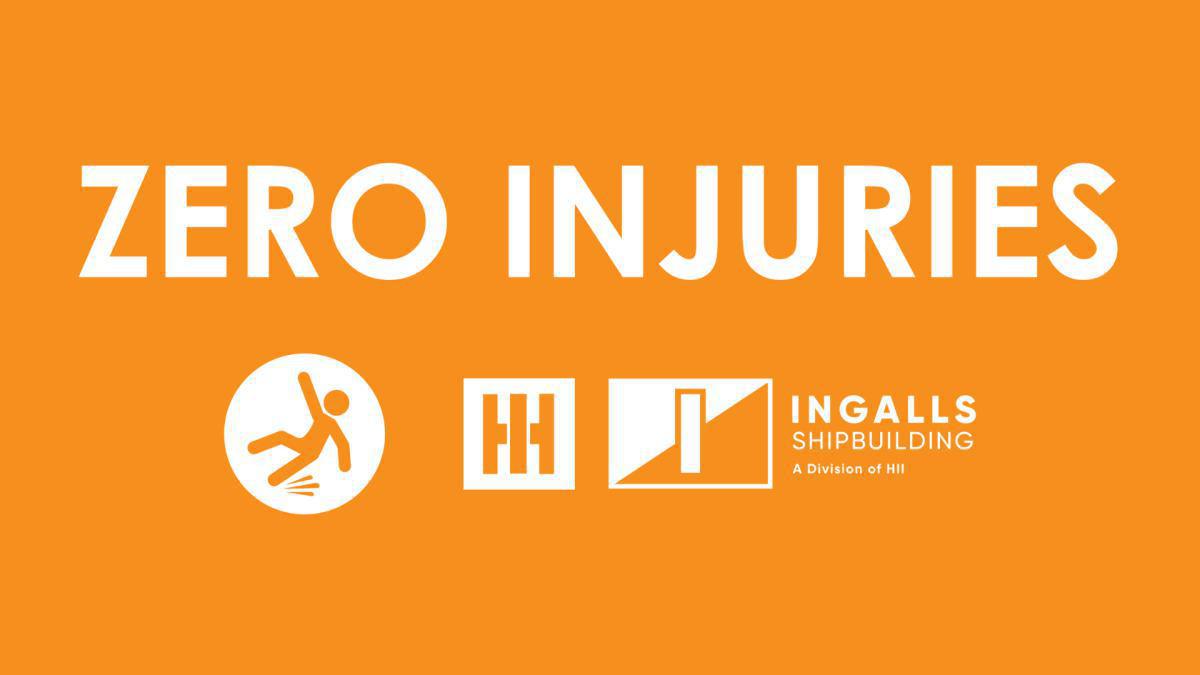Ensuring the safety of every shipbuilder is paramount. As part of our ongoing commitment to maintaining a Zero Injuries environment, it is critical that we strictly adhere to all safety protocols, especially those concerning the use of Personal Protective Equipment (PPE).
Hard hats are designed to protect you from possible injuries due to falling objects, contact with fixed objects (such as beams and pipes), and contact with electrical hazards. Hard hats must meet the ANSI Standard Z89.1 for protective headgear.
A hard hat can only offer proper protection if it is worn correctly.
-
Hard hats should not slip or fall off when you move.
-
Only the following items are allowed under hard hats: welder’s cap, 100% cotton or FR balaclava, winter lines and Paint department cloth head covers (no ball caps).
-
Hairstyles that do not allow the suspension to fit around the head are not permitted.
-
Hard hats must be worn at all times in the yard, except when in closed offices and in vehicles with closed cabs.
-
The adjustment knob must remain at the back of the head at all times.
-
Unapproved bump caps or safety “cowboy” hats, as well as metal hard hats, are not allowed.
-
Never drill holes, cut or modify hard hats.
Inspect your hard hat daily for wear and damage. Gently press the side edges of the rim inward; the hat should flex and spring back. If it is too rigid, it is no good.
Hard hats are available at the Safety Center. Damaged hats will be replaced for free, but you must pay for a replacement if you lose your hat. Additional suspensions and headbands can also be purchased at the Safety Center.
Wearing PPE is not just a requirement; it’s a commitment to safety. By adhering to these protocols diligently, we contribute to a culture of Zero Injuries to ensure everyone goes home safe at the end of each shift.
For more guidelines on Proper Protective Equipment (PPE), please see Command Media SSG K0200 or the Ingalls Employee Environmental Health & Safety Handbook.
Zero Fires. Zero Damages. Zero Injuries. Zero Compromise.

